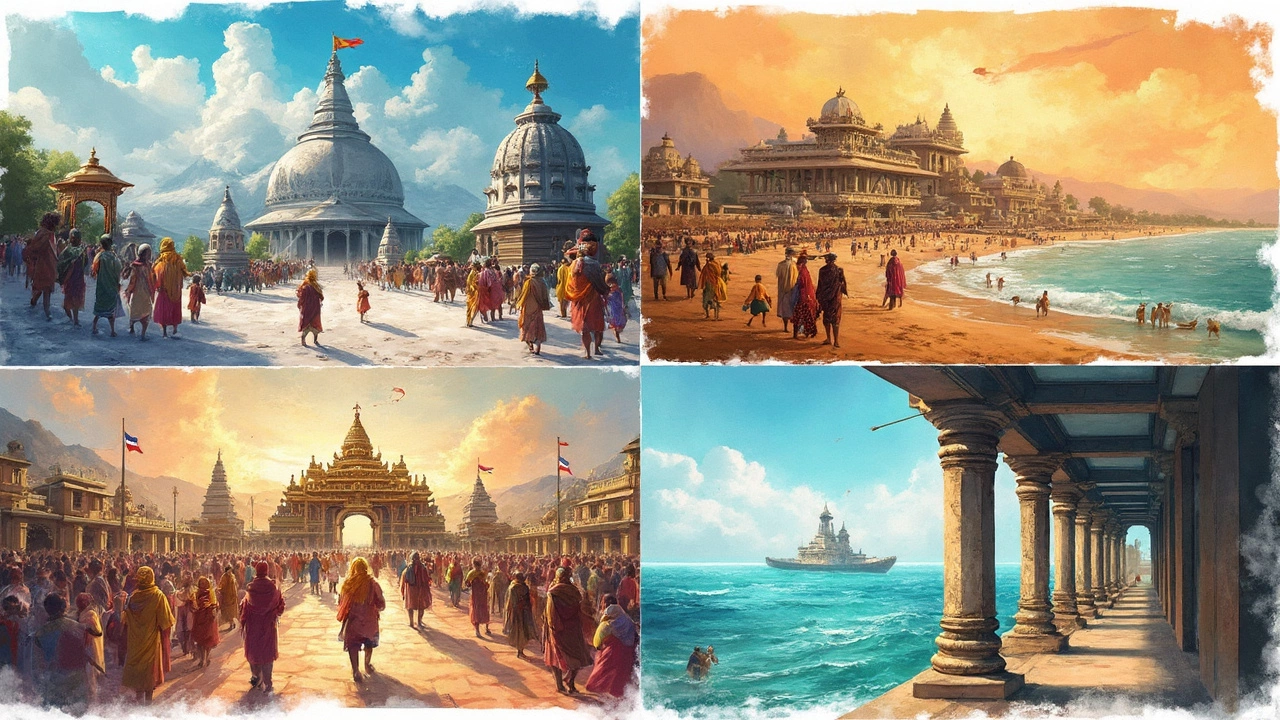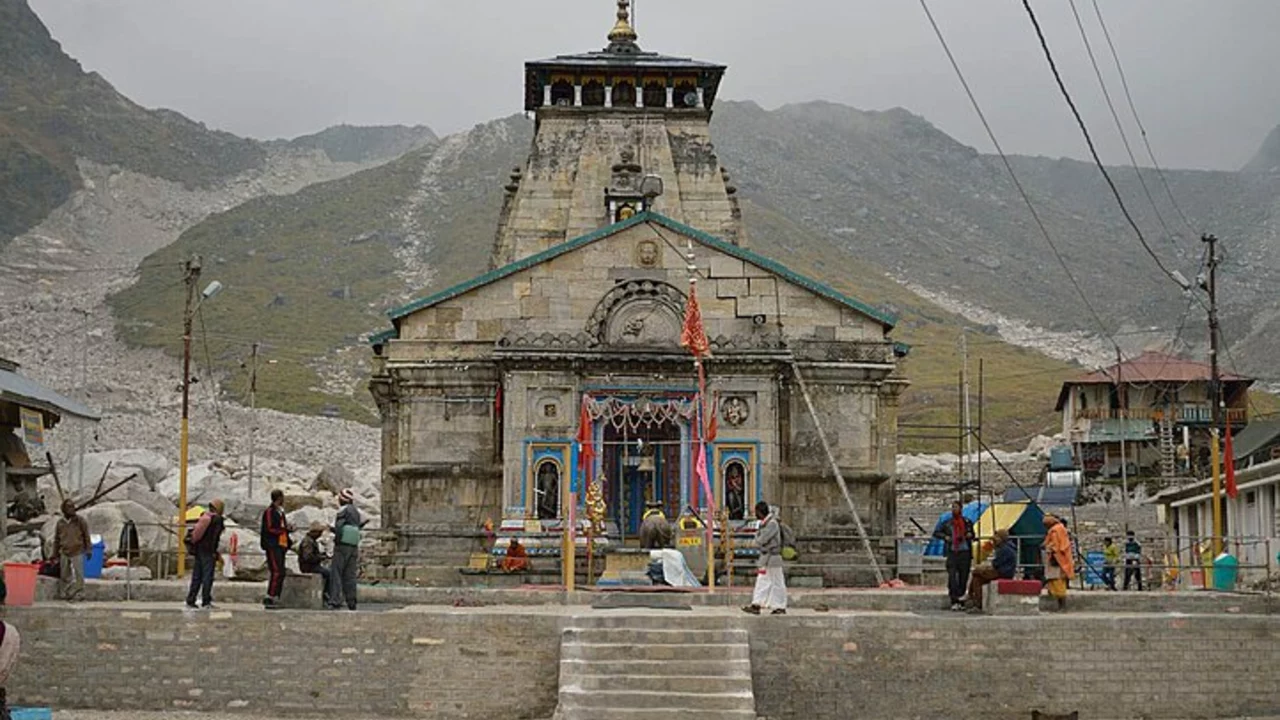SEARCH
India Temples – Your Quick Guide to Sacred Travel
India is a land where every stone can tell a story, especially when you walk through its ancient temples. From the towering spires of the south to the marble marvels of the north, each temple offers a mix of faith, history, and stunning architecture. If you’re planning a trip that mixes sightseeing with a dash of spirituality, you’re in the right place.
Top Must‑Visit Temples
First stop: the golden sunrise at Varanasi’s Kashi Vishwanath. Arriving early lets you beat the crowd and catch the morning aarti on the ghats. Next, head south to Meenakshi Temple in Madurai. Its colorful gopurams are perfect for photos, and the bustling market around the complex makes for a full‑day adventure. Don’t miss the Khajuraho Group of Temples in Madhya Pradesh – these UNESCO sites blend erotic art with spiritual symbolism, offering a unique glimpse into medieval India.
For a coastal vibe, try the Sri Ranganathaswamy Temple in Srirangam. The sprawling complex sits on an island surrounded by the Kaveri River, giving you a peaceful retreat after a busy day of travel. If you love hill stations, the Jagannath Temple in Puri sits near the Bay of Bengal, combining sea breezes with ritual chants. Each temple has its own festival calendar, so checking dates before you go can turn a regular visit into a memorable celebration.
Practical Tips for Temple Trips
Dress modestly: most temples ask visitors to cover shoulders and knees. Carry a small towel or scarf to wrap around yourself if needed. Shoes must be removed at the entrance, so having comfortable flip‑flops makes the transition easy.
Respect the rules. Photography is often prohibited inside the sanctum, but you can snap the outer courtyards. When you see a queue, keep calm and move slowly – rush can be seen as disrespectful. Bring cash for donations or small purchases like incense; many temples don’t accept cards.
Timing matters. Early mornings and late evenings are the coolest and least crowded. If you aim to watch a ritual, arrive at least 15 minutes before it starts. Some festivals attract huge crowds, so booking accommodation nearby well in advance can save you a lot of hassle.
Transportation is simple when you plan ahead. Trains connect major temple towns, and local taxis or auto‑rickshaws are cheap for short hops. For longer stretches, consider a reliable bus service or a rented car with a driver who knows the local routes.
Food options vary. Street stalls near temples serve tasty thalis, but if you have dietary restrictions, look for eateries that label vegetarian meals. Many temples have free or low‑cost “prasadam” (blessed food) that’s safe and delicious.
Finally, stay curious. Talk to temple priests or local guides – they often share legends you won’t find in guidebooks. Listening to a story about why a deity’s statue faces a certain direction can turn a simple visit into a deeper experience.
With these basics, you can explore India’s temples without feeling lost or out of place. Ready to add a sacred stop to your itinerary? Pack a light scarf, check the festival calendar, and let the spiritual side of India surprise you.

4 Dham in India: Your Insider Guide to These Sacred Temples
Explore the four dham in India—Badrinath, Dwarka, Puri, and Rameswaram. This article covers where they are, why people visit, and what makes each temple special. Get practical travel tips, fun facts, and answers to common questions. Whether you're planning a pilgrimage or a temple tour, you'll find everything you need. Prepare to discover traditions, routes, and real-world advice for your trip.
Continue reading
Explore India's Sacred Char Dham Pilgrimage Destinations
Embarking on a journey to the Char Dham sites in India offers a deeper understanding of spiritual heritage. The Char Dham, which translates to 'four abodes,' consists of Badrinath, Kedarnath, Gangotri, and Yamunotri. They are nestled in the picturesque Himalayas of Uttarakhand and are famous for their religious significance. Each destination presents unique spiritual experiences and challenges that pilgrims have cherished for centuries. These sacred places are essential for those seeking a deeper spiritual connection and tourism that goes beyond scenery to touch the soul.
Continue reading